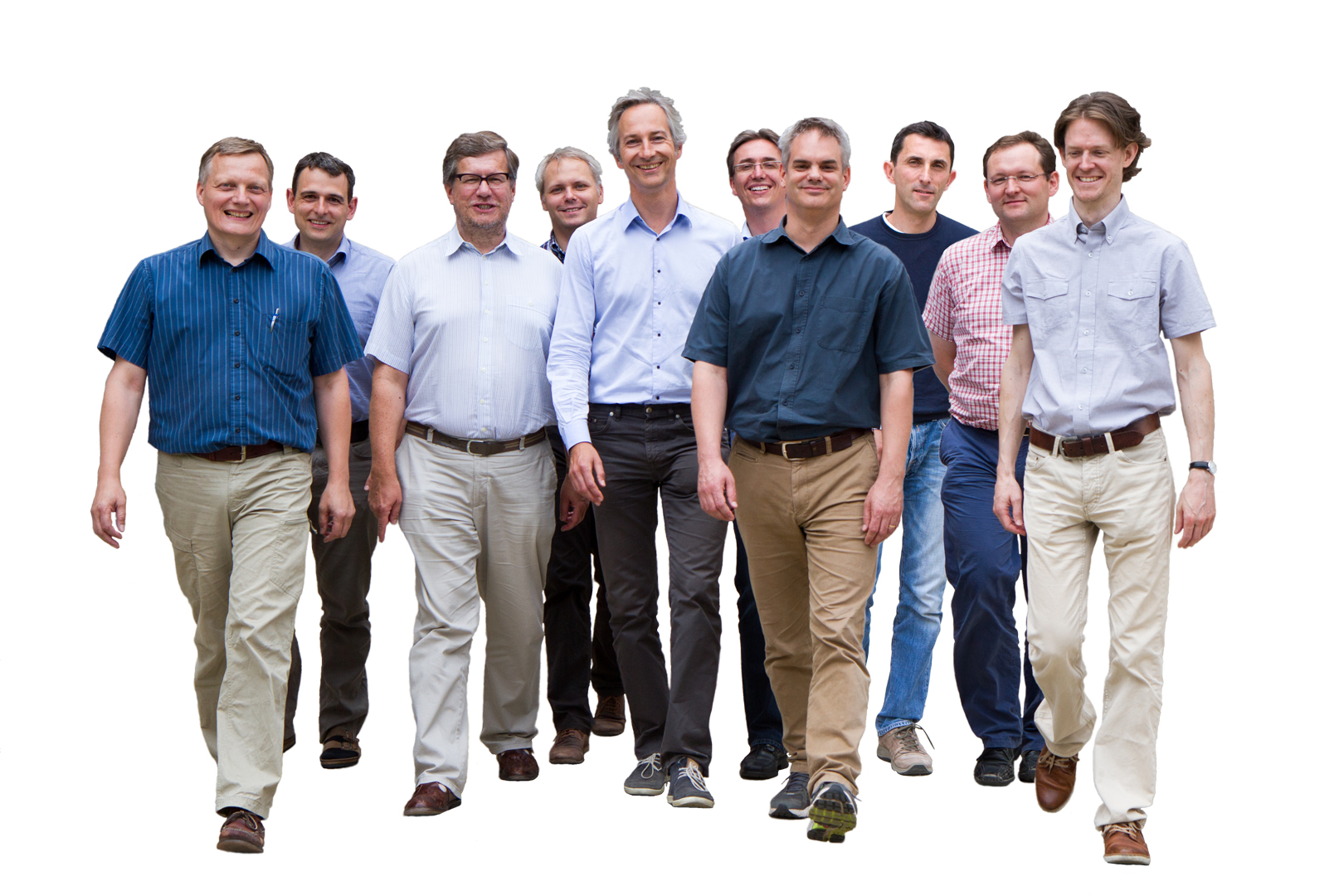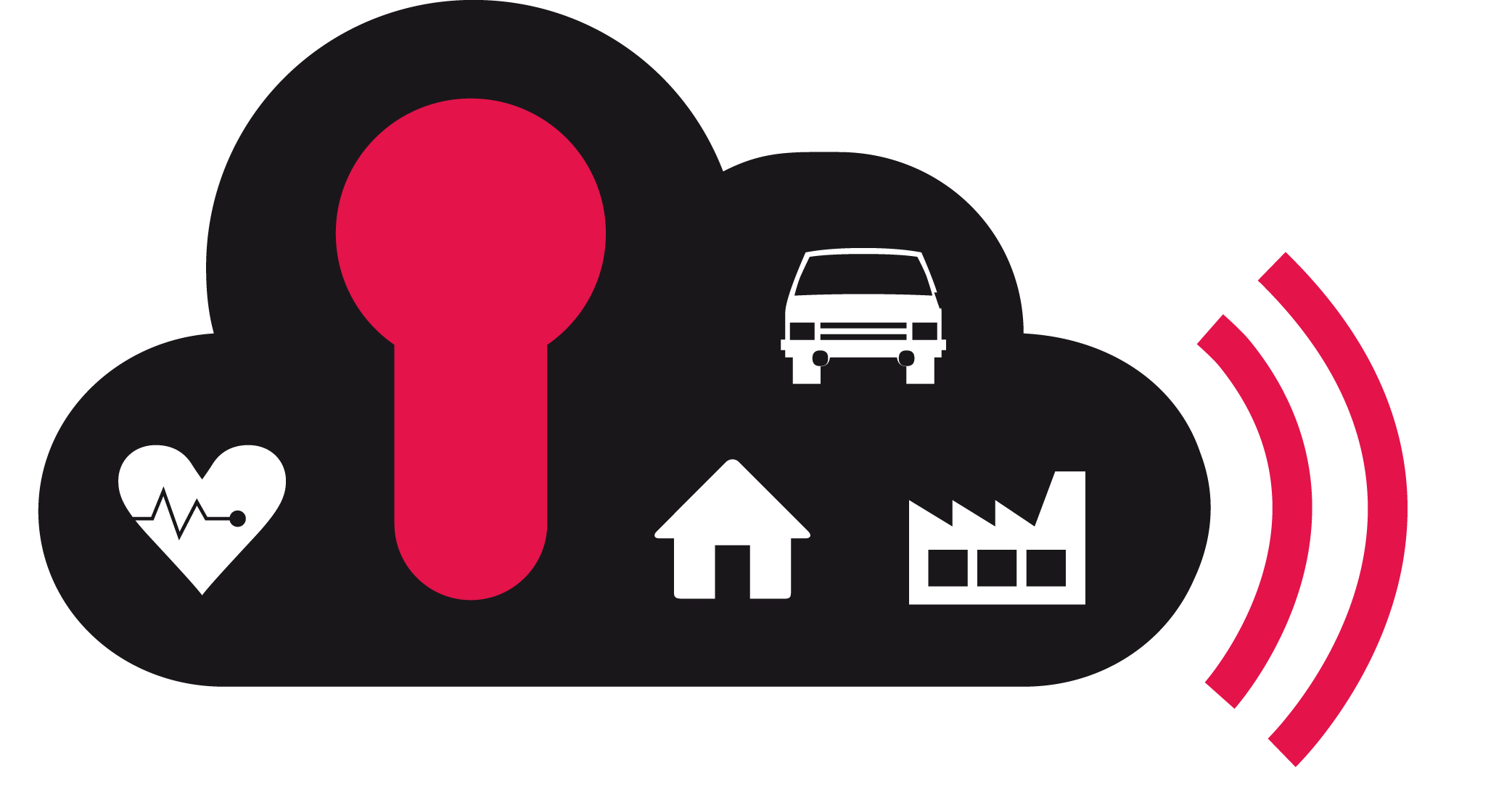Dependable Internet of Things: TU Graz launches lead project
![[Translate to Englisch:] Ein Modell-Lkw mit rotem Führerhaus und weißem Container mit TU Graz Logo steht im Testlabor auf einem Tisch](https://www.tugraz.at/fileadmin/_processed_/0/b/csm_Leadprojekt_IoT_main2_by_Baustaedter_tugraz_15e1f98b5f.jpg)
An interdisciplinary group of ten scientists from the Faculty of Computer Science and Biomedical Engineering and the Faculty of Electrical and Information Engineering are now developing the necessary know-how by which the risks of this new mega-network can be minimised in the first lead project at TU Graz. Project leader Kay Römer stresses: “In this lead project we have an ideal framework to address this multidisciplinary challenge in a thorough way and thus establish an international flagship project.”
Secure networked devices in daily life
By 2020, experts estimate that there will be more than 50 billion “smart things” – i.e. objects equipped with tiny computers – integrated in the Internet of Things, which will perform a variety of daily applications. Many of these applications in the fields of health, traffic and production have to work 100 percent reliably – even when they are exposed to disturbing influences and targeted attacks. Today the first beginnings in implementing an Internet of Things have been carried out, but they cannot live up to this demand. The research aim of this first lead project at TU Graz is, therefore, to develop concepts, methods and tools to systematically design an Internet of Things which would work absolutely reliably even under the most difficult of conditions. As Kay Römer explains: “The first step must be to gain an intimate understanding of the various environmental influences and then integrate this know-how in the devices so that they can adapt their behaviour accordingly. We do this by developing self-learning models of reality that are able to anticipate dangerous situations and ‘teach’ the devices to recognise threats and adapt themselves independently or in extreme cases to isolate themselves from the network.” Such as in the application field of networked cars, where various disrupting scenarios are tried out on heavy goods vehicles in a lab which has been built at TU Graz in order to demonstrate any possible interfering influences and to validate the results of the researchers. The lead project is divided into four parts, each dedicated to dependable wireless communication and localisation, dependable computing, dependable composition, and dependable networked control systems.The concept of lead project
Lead projects are a new concept at TU Graz to bolster the University’s research profile. Funding multidisciplinary projects in the field of basic research aims at further developing existing top research areas. Funds are available for a maximum period of three years. Repeat funding for a lead project is available for a further maximum period of three years only after a favourable evaluation. A new lead project bid is being planned. TU Graz’s first lead project “Dependable Internet of Things in Adverse Environments” is being funded by the University to the amount of two million euros. A seven-person international jury gave the project a green light last autumn after a competitive selection procedure and an open hearing. The starting shot was given for the first lead project at TU Graz after intensive preparations.Unique international competition
Kay Römer is presenting the lead project for the first time at the main European conference dealing with the Internet of Things, which takes place at TU Graz from 15 to 17 February. In the framework of the “International Conference on Embedded Wireless Systems and Networks (EWSN)” – besides many specialist lectures – there is also a unique international competition in which 11 teams will find out which is the most reliable network technology.
Kontakt
Univ.-Prof. Dipl.-Inform. <link http: dr.sc.eth>Dr.sc.ETH
Institute for Technical Informatics
Inffeldgasse 16/I, 8010 Graz
Tel.: +43 316 873 6400
<link int-link-mail window for sending>roemer@tugraz.at
Barbara GIGLER
Media Relations
Mobil: +43 664 60 873 6006
<link int-link-external window for sending>barbara.gigler@tugraz.at





